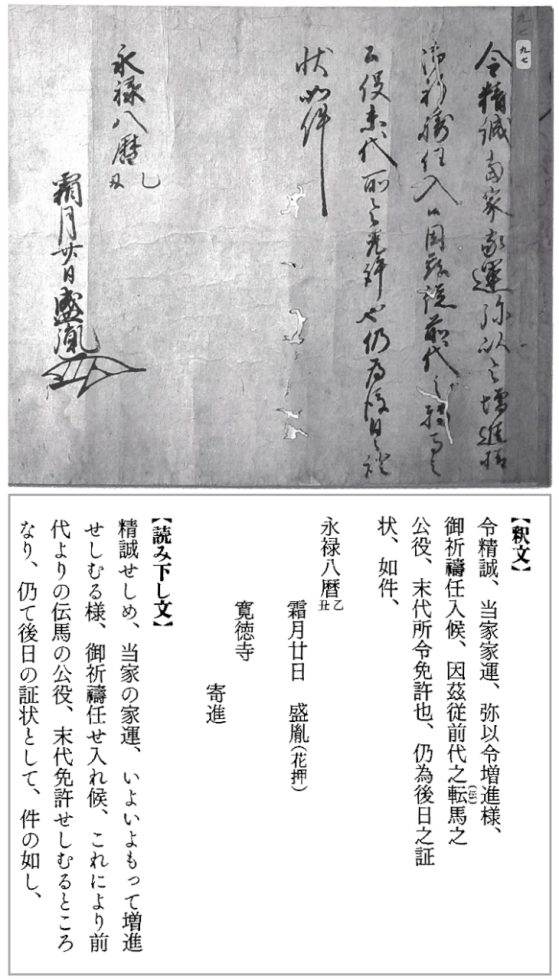
Medieval Komonjo Workshop 2018
Commoners and Authority in Medieval Japan
From July 9 to August 3, 2018, the University of Michigan held its first summer 2018 komonjo 古文書 workshop, a month-long intensive program in reading and interpreting medieval historical materials. The theme of this workshop was “Commoners and Authority in Medieval Japan.” Attended by both graduate students and scholars of premodern Japan, the workshop introduced a variety of materials that emphasize the non-elites and their relationship to political institutions and authorities that impacted their everyday lives. Some of the materials that were covered were documents from the Takeda-ke monjo 武田家文書 (Takeda Family Documents), Kanazawa bunko komonjo 金沢文庫古文書 (Kanazawa Prefectural Museum), Shokunin uta awase 職人歌合 (Artisan Poetry Competitions) handscrolls, and Sengoku daimyo letters in the possession of the Nagano Prefectural Museum of History.
The workshop occurred in two, 2-week sessions, with instruction M-F, 9AM–4PM. The first session, led by Professor Sasamoto Shōji 笹本正治 (Director, Nagano Prefectural Museum of History), focused on the Muromachi/Sengoku periods (1336-1603), or “late medieval” Japan. The latter session, by Professor Takahashi Shin’ichirō 高橋慎一郎 (The Historiographical Institute of the University of Tokyo), focused on the Kamakura period (1185-1333), “early medieval” Japan. Additional lectures on food and material culture (noodles and sake) were provided by Professor Eric C. Rath (University of Kansas; University of Michigan Center for Japanese Studies Toyota Visiting Professor, 2017-2018).
The workshop was conducted in Japanese. Participants deciphered premodern texts, transcribed them into modern Japanese, and finally translated them into English.
Below, you will find an article that ran in the University of Michigan’s Department of History newsletter reporting on the first session’s work, particularly analysis of Takeda-ke monjo.